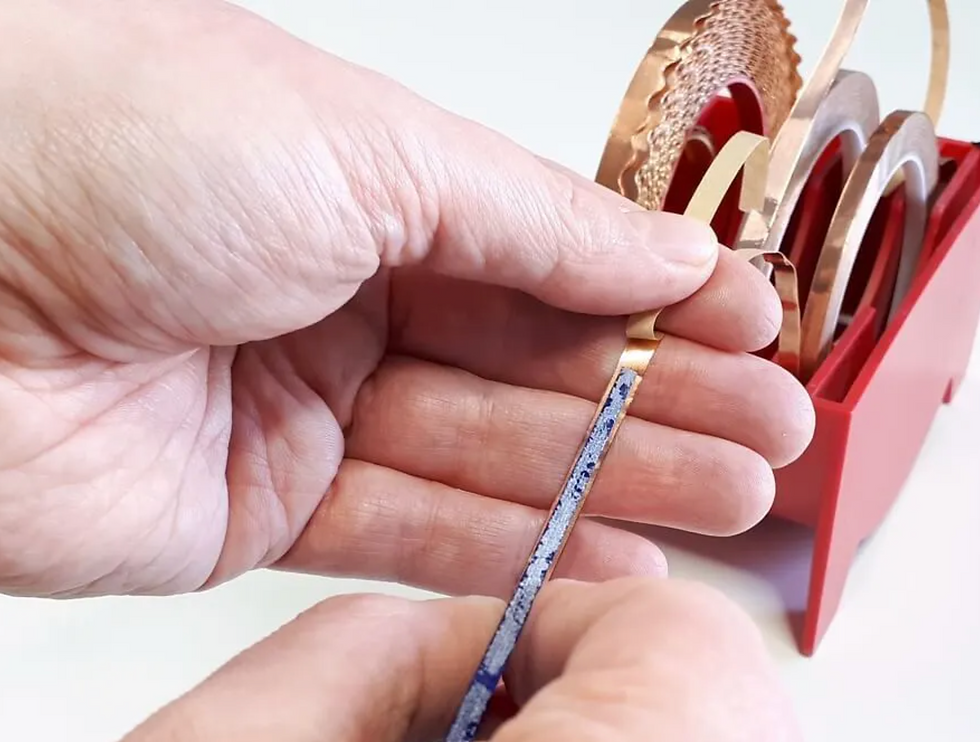Exploring the History of The Copper Foil Method
- elementartcenter
- Jan 24, 2024
- 2 min read
Stained glass has been a popular art form for centuries, with a rich history that spans back to the Middle Ages. While lead came is the traditional method of creating stained glass windows, there is another technique that has been growing in popularity in recent times - the copper foil method.
The copper foil method was developed in the late 1800s by Louis Comfort Tiffany, an American artist and designer who is best known for his work with stained glass. Tiffany was looking for a way to create more intricate designs than what was possible with lead came, and the copper foil method provided him with the solution.
The process involves wrapping each piece of glass with a thin strip of copper foil before soldering them together. This technique allows for more precise and detailed designs, as the copper foil can be manipulated to fit the contours of the glass. It also allows for a wider range of colors and textures to be used, as the glass pieces can be cut to any shape or size.
The copper foil method quickly gained popularity among stained glass artists, and Tiffany's designs became highly sought after. His work was featured in many prestigious locations, including the White House and the Metropolitan Museum of Art.
The popularity of the copper foil method continued to grow throughout the 20th century, with artists around the world adopting the technique and pushing the boundaries of what was possible with stained glass. Today, the copper foil method remains a popular choice for stained glass artists, with many workshops and classes available for those interested in learning the technique- including all of the workshops available at EAC.
The history of stained glass is a rich and fascinating one, with the copper foil method representing an important development in the evolution of this art form. Whether you are a seasoned stained glass artist or a beginner, the copper foil technique is definitely worth exploring! Check out our class page to find a workshop suited to your tastes!











Comments